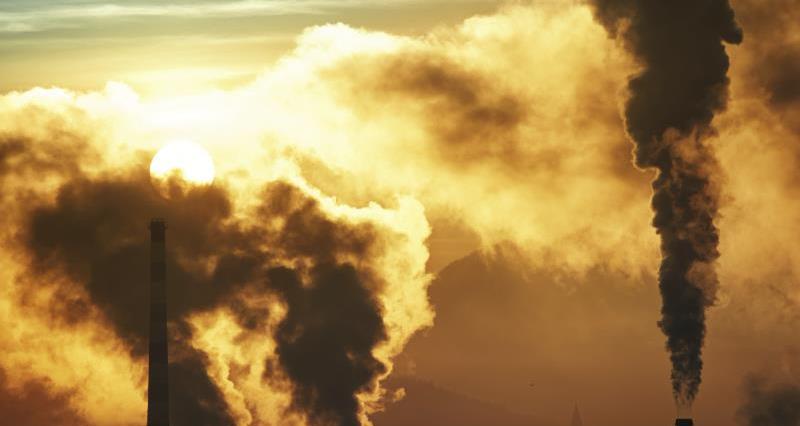The lockdown has been a challenge for all but, for some, it has also been a breath of fresh air. Literally.
Data gathered over recent weeks appears to show air quality improvements in many parts of the country, as some industry has slowed and traffic on our streets has fallen.
But, how exactly has air quality changed over this time and what, if anything, can it tell us about the contribution of agriculture?
NFU water quality and ammonia adviser Ian Ludgate takes a look at the detail and what it means for the industry. He writes:
Even for the so-called experts among us, the technical aspects of air quality issues can be confusing at times. With so many different nitrogen compounds flying about, I often find it useful to revisit the detail before discussing the air quality challenges facing agriculture. With that in mind, let us take a quick look at the key issues and touch upon the role you play as a farmer.
There are two main issues at the moment: climate change and the impacts of ammonia emissions on the environment and human health.
As it says on the tin, the issue of climate change is all about the problems caused by changes in the global climate and the vast majority of scientists blame this on emissions of greenhouse gases (GHGs) from human activity.
When it comes to UK farming, methane (CH4) accounts for around half of emitted GHGs, with nitrous oxide (N2O) and carbon dioxide (CO2) contributing 40% and 10% respectively.
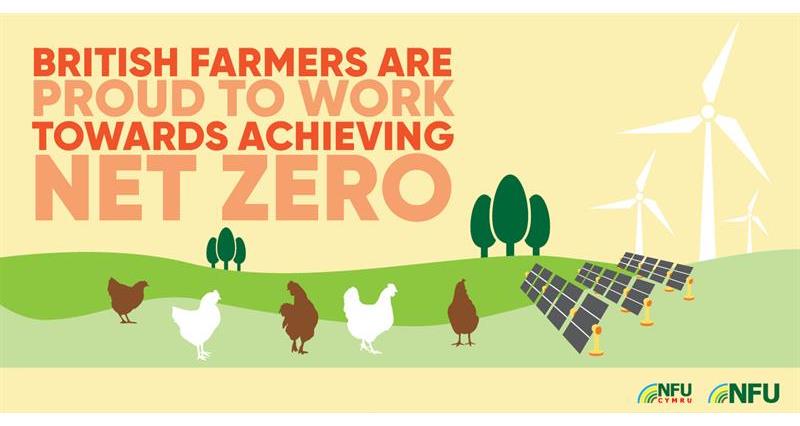
These emissions mainly stem from ruminating livestock and the processing of nitrogen in soil. However, agriculture also removes carbon dioxide from the air and protects carbon reserves in soils and vegetation. The industry is, therefore, in a strong position to help tackle climate change and the NFU has an aspiration for UK farming to reach net zero by 2040.
Ammonia (NH3) is not a GHG but it does present its own set of challenges to society. Ammonia itself only stays in the atmosphere for a few hours before it is either deposited onto land or converted into secondary particulate matter (PM).
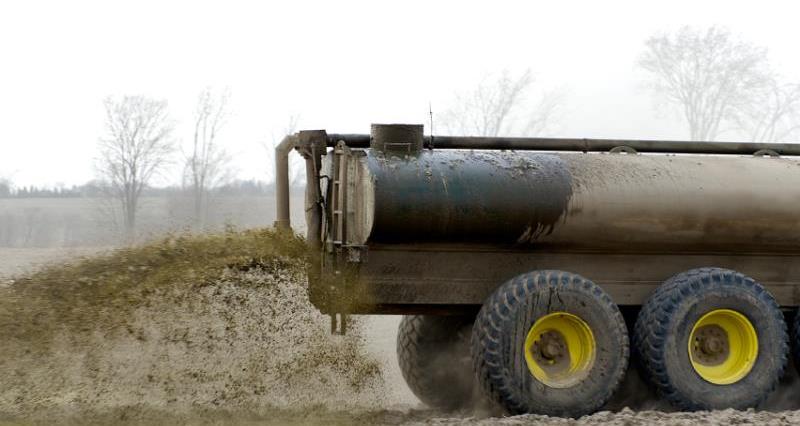
However, when deposited onto land, it can have negative ecological effects and, when converted into secondary particulate matter, it can travel a long way and affect human health. That said, the extent to which ammonia emissions contribute to overall levels of secondary particulate matter and, in turn, human health issues is unclear.
Unfortunately, agriculture (87%) accounts for most ammonia emissions in the UK, but the waste (3%) and road transport (2%) sectors also make a significant contribution. Agricultural emissions are largely routed in storage and spreading of livestock waste as well as the use of inorganic fertilisers.
So, by taking a quick look at the two air quality challenges facing agriculture, it becomes clear that they are quite distinct.
Each challenge involves different farming activities, different gases and different impacts on people and the environment. In fact, the challenges are so different that the NFU has a different policy lead for each one, though we do talk to each other!
With that in mind, let us return to the original question: how has UK air quality changed since lockdown began and what, if anything does this tell us about the contribution of farming?
First things first, it seems pretty clear that air quality has changed significantly in some parts of the country over the past two months or so.
However, it should be said that scientists are still in the early stages of deciding exactly how it has changed ie which gases have decreased (and even increased) in concentration and by how much.
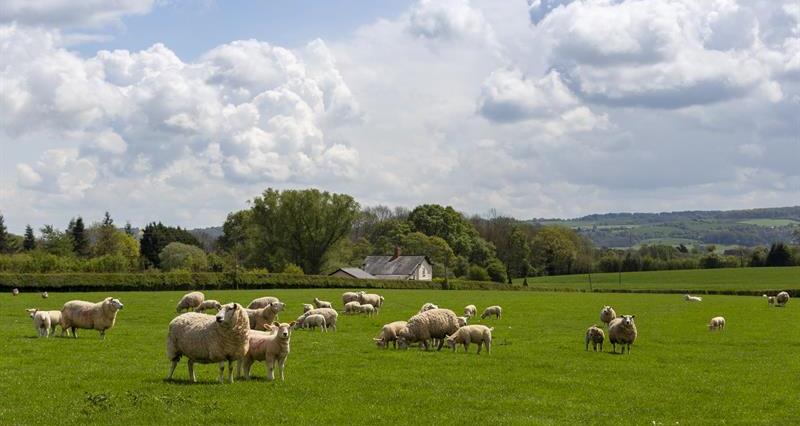
Nevertheless, some apparent trends have already emerged; urban nitrogen dioxide (NO2) levels seem to have fallen substantially and urban particulate matter levels may have fallen too but by a far smaller amount. Conversely, urban levels of ozone (O3) appear to have increased slightly during lockdown. As I say, this picture may change over the coming weeks and months as more data is gathered and analysed. Indeed, the government was busy collecting evidence on the topic during April and it will be interesting to see what it concludes.
And what do these apparent changes tell us about the relative contribution of agriculture to UK air quality? Unfortunately, not a great deal, but let us take a look at each in turn.
Nitrogen dioxide is neither a GHG nor associated with ammonia emissions from farming and so any change in atmospheric levels is largely irrelevant to the challenges our industry faces. We must also be careful not to confuse nitrogen dioxide with other nitrogen compounds. For instance, it is quite different to nitrous oxide, which is a major agricultural GHG.
On the other hand, it is almost interchangeable with nitric oxide (NO); indeed, the two gases are collectively known as nitrogen oxides (NOx) as they are rapidly converted into one another in the atmosphere.
Now, particulate matter levels are more relevant to agriculture, as ammonia emissions from farming are converted into secondary particulate matter and carried to urban areas. As indicated above, there is some uncertainty around the contribution of agriculture to particulate matter in urban areas and its subsequent impact on human health, but the pathway does exist.
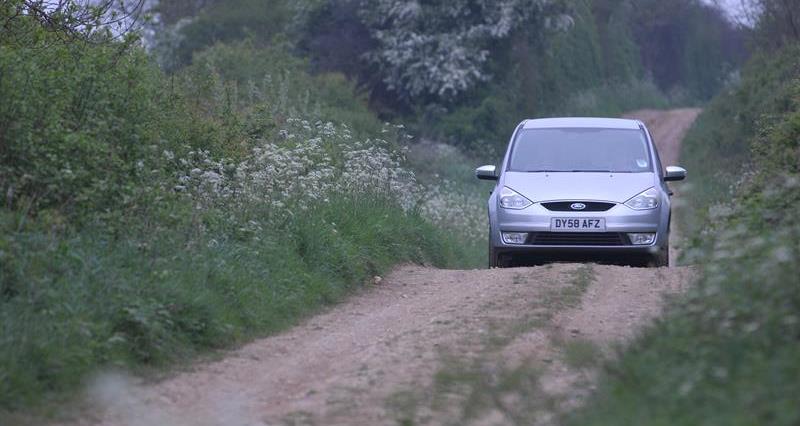
Assuming year-on-year ammonia emissions from farming remain stable during lockdown and other sources of particulate matter decrease, there is some hope that a fall in particulate matter levels in urban areas would show that agriculture does not contribute as much as previously thought.
And, while particulate matter levels do appear to have fallen in urban areas recently, they have not fallen by a great deal. Moreover, particulate matter remains in the atmosphere for a long time and levels in the UK are influenced by European emissions and the prevailing weather conditions. So, at this stage, it is too early to draw any conclusions, but I will be keeping an eye on the science as it progresses.
Finally, I mentioned above that urban ozone levels appear to have increased slightly during lockdown. While ozone is in part a GHG and produced indirectly by human activity, the contribution of human activity to overall levels is negligible and that includes farming activities. Therefore, while an increase in urban ozone is certainly not welcome, it cannot be attributed to agriculture. There is evidence to show that higher tropospheric ozone levels can negatively impact crop production, but increased ozone has so far only been observed in urban areas.
Well, if you got to this point in the article, well done and I hope it helped to clear things up rather than muddying the waters further! As I said, this can be a confusing topic and the full impacts of lockdown are yet to be identified. But, rest assured, the NFU is on the case and will be in touch again if and when things change significantly.
Read more on NFUonline:
